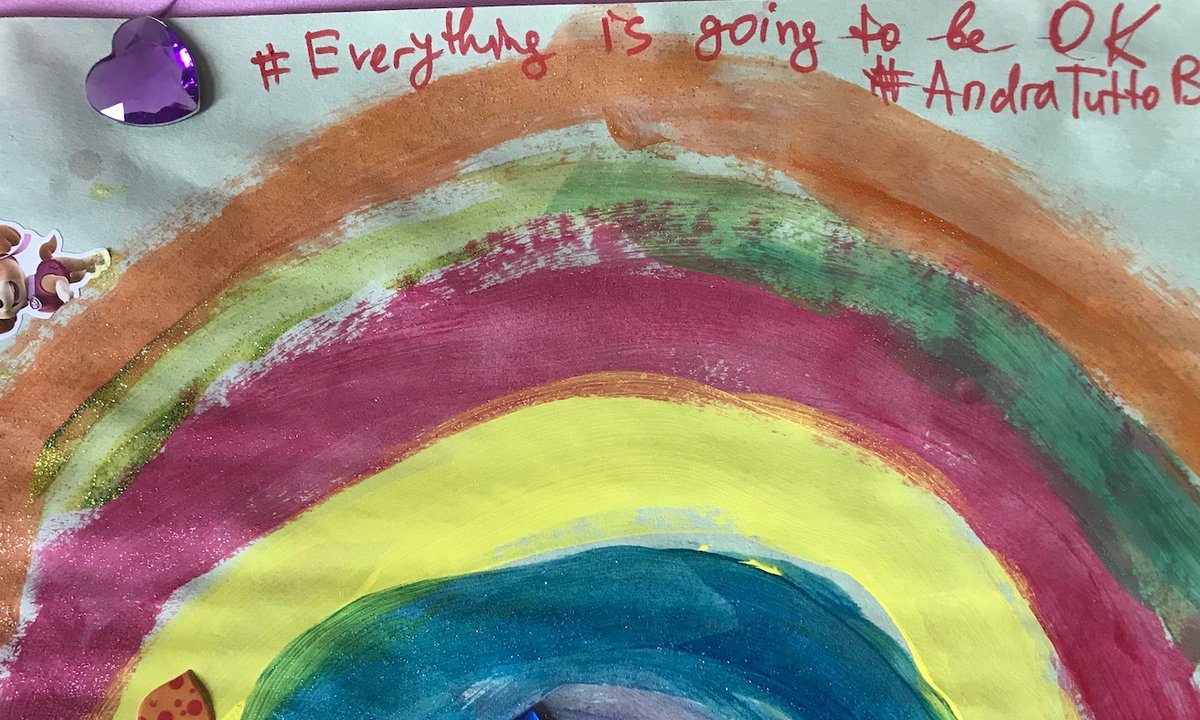9 O’clock? (my time is not your time)
2007 - Drawing & Print (Drawing & Print)
63 x 83 x 6 cm
Tobias Rehberger
9’oclock (my time is not your time) pertains to a series consisting of three numbers: 5, 10 and 11 works were made for the exhibition “Signs and messages from modern life” at the Kate McGarry Gallery in 2007. The notion of time is a recurring theme in Tobias Rehberger’s work. We can recall the exhibition ‘Night Shift’ at the Palais de Tokyo ( Paris) in 2002 where the works could be seen only from the angle of the sun, exploring the relationship between day, night, and other natural cycles like the sun and moon, life and death. But in 9’oclock (my time is not your time) , time becomes a pattern. The artist manipulates the number nine by printing it on three stacked glass plates. Depending on the position and the viewer’s eye, the shape evolves to deconstruct the meaning completely. This work is characteristic of artist’s practice in the way in which he borrows 70s design (in the refinement of its production, its appearance, and color), and the issue of perception, of deconstruction, and transformation.
A student of Martin Kippenberger, Tobias Rehberger emerged in the 1990s as one of the major artists of the younger generation in Germany and one of the most active on the international stage. For example, he worked with the artist Olafur Eliasson and presented his work in solo exhibitions in institutions: the Museum Ludwig in Cologne, the Palacio de Cristal in Madrid, the Whitechapel in London, the Serralves Foundation in Porto or the Palais de Tokyo in Paris. Tobias Rehberger can be considered as a sculptor, in the “classic” sense, while questioning the medium and its meaning today. Close to the aesthetics of design, he realizes functional forms not like his sculptures entitled “Handicapped” or “Infections”. Tobias Rhberger was born in 1966 in Essligen am Neckar, Germany. He lives and works in Frankfurt am Main, Germany.
Colors:
Related works of genres: » german contemporary artists
» see more

© » KADIST
Ulla von Brandenburg
2007Eight opens with a close up of a painting by Hubert Robert of the Chateau de Chamarande where the film was shot...

© » KADIST
Katinka Bock
2008Like with other works of the artist, with First Piano Katinka Bock tried to go against the rules of use of clay, that is, by forcing the material to the extreme, and transferring the resulting elements into a cubic shaped volume...

© » KADIST
Hans-Peter Feldmann
The types of objects Feldmann is interested in collecting into serial photographic grids or artist’s books are often also found in three dimensional installations...

© » KADIST
Martin Kippenberger
19897″ Single ‘Pop In’ by Martin Kippenbergher consisting of a vinyl record and a unique artwork drawn by the artist on the record’s sleeve...
Related works sharing similar palette
» see more

© » KADIST
Sharif Waked
2013Tughra is a protocol by Sharif Waked that reproduces the sixteenth century calligraphic monogram for tughra ; also known as the signature of Suleiman the Magnificent...

© » STEVE LAMBERT
The Utopia Project at Smithsonian Anacostia Community Museum - Steve Lambert The Utopia Project at Smithsonian Anacostia Community Museum - Steve Lambert Steve Lambert wrote a book!!! Art Works News Writing About Steve Contact Resume Now Newsletter Book Creative Commons BY-NC-SA November 2022 Exhibitions Center for Artistic Activism The Utopia Project Location: Anacostia Community Museum, Washington D...

© » KADIST
El Hadji Sy
1981El Hadji Sy is an important figure in the critical movement that followed Lépold Sedar Senghor´s Négritude ideology...
Related artist(s) to: Tobias Rehberger » Anri Sala, » Douglas Gordon, » Erwin Wurm, » Mona Hatoum, » Pierre Huyghe, » Rirkrit Tiravanija, » Isa Genzken, » Jenny Holzer, » John Bock, » Maurizio Cattelan
» see more

© » KADIST
Douglas Gordon
1996In Monster (1996-97), the artist’s face becomes grotesque through the application of strips of transparent adhesive tape, typical of Gordon’s performance-based films that often depict his own body in action...

© » KADIST
Douglas Gordon
2004Douglas Gordon’s single-channel video The Left Hand Can’t See That The Right Hand is Blind, captures an unfolding scene between two hands in leather gloves—at first seemingly comfortable to be entwined, and later, engaged in a struggle...

© » KADIST
Douglas Gordon
2002Blind Spencer is part of the series “Blind Stars” including hundreds of works in which the artist cut out the eyes of Hollywood stars, in a symbolically violent manner...
Related works found in the same semantic group
» see more

© » KADIST
Mungo Thomson
2010In Thomson’s Untitled (TIME) , every front cover of TIME magazine is sequentially projected to scale at thirty frames per second...

© » KADIST
Anna Boghiguian
2014In the painting called “The Consciousness of Memory, Time, and Guilt” as in many of her recent works, the body is fragmented...

© » KADIST
John Gerrard
2016Flag (Thames) 2016 depicts a small section of the Thames River—one that is adjacent to the Palace of Westminster in London—as an algorithmic representation on an LED panel...



